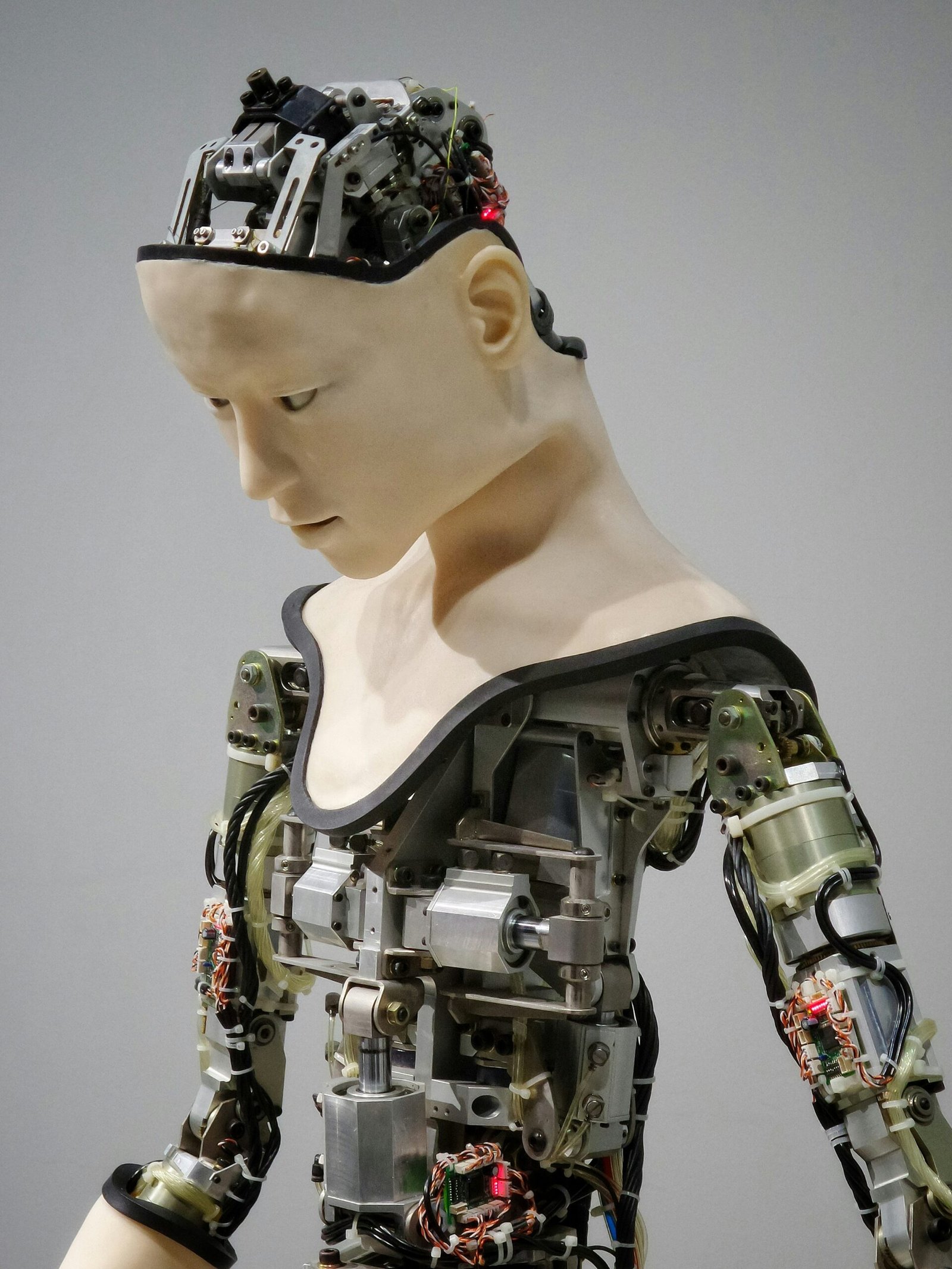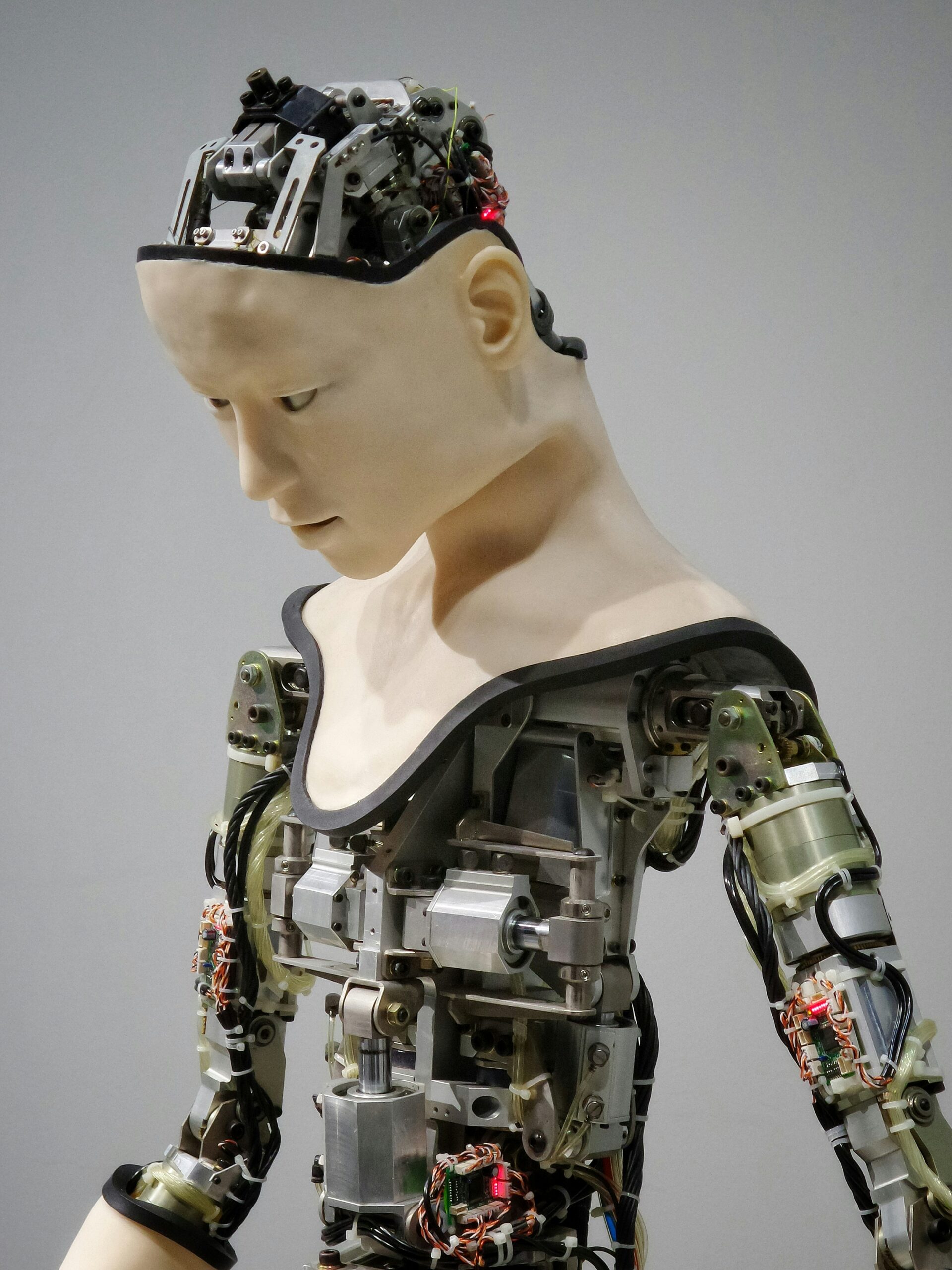What is Artificial Intelligence?
Artificial Intelligence (AI) refers to the simulation of human intelligence processes by computer systems. These processes include learning, reasoning, and self-correction. In essence, AI aims to replicate or mimic human cognitive functions through the use of algorithms and data. There are primarily two types of AI: narrow AI and general AI. Narrow AI, also known as weak AI, is designed to perform a specific task, such as image recognition or language translation. It operates within a limited context and cannot generalize its knowledge to other areas. In contrast, general AI, or strong AI, possesses the ability to understand, learn, and apply intelligence across a wide range of tasks, similar to a human being.
Several key components contribute to the functionality of AI. One fundamental aspect is machine learning, a subset of AI that utilizes statistical techniques to enable systems to improve their performance on tasks without explicit programming. Machine learning algorithms can analyze large datasets, recognize patterns, and make predictions, thereby enhancing decision-making processes. Another significant component is natural language processing (NLP), which allows machines to understand, interpret, and respond to human language. NLP is essential for applications such as virtual assistants and chatbots, which require effective communication with users.
Robotics is an additional facet of AI that combines physical machines with intelligent behavior. Robotic systems equipped with AI can perform tasks in various domains, from manufacturing industries to healthcare. They can adapt to changing environments, make autonomous decisions, and collaborate with humans in real-time. Collectively, these components—the synergy of machine learning, natural language processing, and robotics—form the foundation of artificial intelligence, positioning it as a transformative force across numerous sectors. As we delve deeper into the subject, understanding AI’s structure and function will become increasingly important in exploring its applications in 2025 and beyond.
Key Applications of AI in 2025
As we move towards 2025, the landscape of artificial intelligence (AI) is anticipated to transform various sectors significantly. Among the most noteworthy applications are in healthcare, finance, transportation, and entertainment. Each of these industries stands to benefit from enhanced efficiency and smarter decision-making through the integration of AI technologies.
In the healthcare sector, personalized medicine is expected to take center stage. AI algorithms will analyze vast datasets, including genetic information and patient histories, allowing for tailored treatment plans. This innovation is set to enhance patient outcomes by identifying the most effective therapies for individuals, consequently improving the overall efficiency of healthcare delivery.
Finance is another area where AI will play a pivotal role. AI-driven financial analytics will provide institutions with the ability to process large sets of data rapidly, identifying trends and making predictions with greater accuracy. Such advanced analytics will enable businesses to manage risks effectively, optimize investment strategies, and enhance customer engagement through personalized financial products that meet specific needs.
Other
Another transformative application is in transportation, where autonomous vehicles will become increasingly mainstream. By utilizing AI for navigation and predictive maintenance, these vehicles will not only improve safety by reducing human error but also enhance traffic management and decrease congestion in urban areas. The integration of AI in transportation systems will ultimately contribute to a more efficient public transport framework and improved logistics.
Entertainment will also experience a significant evolution, particularly with enhanced gaming experiences. AI will create more immersive environments, enabling more realistic interactions and adaptive storylines that cater to individual player preferences. These innovations promise to enrich user engagement and satisfaction, setting new standards in the gaming industry.
In summary, the applications of AI across diverse fields in 2025 are poised to drive substantial advancements, enhancing both individual experiences and societal efficiencies. As these technologies continue to develop, it is critical for businesses and organizations to remain informed and ready to embrace these changes for sustainable growth.

Benefits and Challenges of AI Implementation
The implementation of Artificial Intelligence (AI) in various sectors is transforming the way businesses operate, offering numerous advantages that enhance efficiency, decision-making, and cost reduction. One of the key benefits is the ability of AI systems to analyze large volumes of data quickly and accurately. By leveraging algorithms, organizations can identify patterns and trends that would be challenging to discern through traditional data analysis methods. This capability leads to more informed decision-making, enabling businesses to respond rapidly to market changes and customer needs.
Another significant advantage of AI lies in its capacity for automation. Routine tasks, which typically consume valuable human resources, can be delegated to AI-driven systems, allowing employees to focus on high-value projects and strategic initiatives. This ultimately leads to increased productivity and operational efficiency. Furthermore, AI can assist in predictive maintenance by anticipating equipment failures and optimizing resource allocation, thereby reducing operational costs and improving service delivery.
While the benefits of AI are substantial, the challenges that accompany its implementation cannot be overlooked. Ethical considerations are paramount, as AI systems can inadvertently perpetuate biases present in training data. This raises concerns about fairness and equality in decision-making processes. Job displacement is another critical issue, as automation may lead to redundancies, particularly in low-skilled roles. The shift towards AI-driven solutions necessitates reskilling and upskilling initiatives, ensuring that the workforce can adapt to emerging job requirements.
Privacy concerns also emerge with the integration of AI technologies, as they often rely on vast amounts of personal data to function effectively. Companies must navigate these challenges by implementing robust guidelines and frameworks to protect individuals’ data and maintain public trust. By adequately addressing these issues, organizations can harness the benefits of AI while mitigating associated risks, paving the way for a successful future of AI integration.
The Future of AI Beyond 2025
As we look beyond 2025, the landscape of artificial intelligence (AI) is poised for dramatic evolution. The integration of AI with other emergent technologies, such as blockchain and the Internet of Things (IoT), will likely redefine operational capabilities in various sectors. The collaboration between AI algorithms and blockchain technology could enhance data security, enabling the provision of trusted AI analytics. In industries like supply chain management, the combination of AI and IoT can offer incredible efficiencies, allowing for real-time tracking and data-driven decision-making.
Furthermore, the shift towards lifelong learning will become critical for workers navigating an increasingly AI-dominated job market. As automation and AI technologies advance, the demand for skills will shift, necessitating continuous education and adaptation. Workers will need to update their competencies in line with AI’s capabilities to remain relevant and competitive. This may lead to a landscape where ongoing professional development becomes the norm, with educational institutions and organizations playing pivotal roles in this transformation.
AI’s potential to tackle global challenges cannot be overlooked in this context. From climate change to resource management, AI solutions can provide significant insights and optimize practices to enhance sustainability. For instance, AI can analyze vast datasets to forecast environmental changes, enabling timely interventions. This predictive capacity could aid industries in reducing their ecological footprints, thus fostering a move towards sustainable practices.
Conclusion
In summary, the trajectory of artificial intelligence post-2025 is filled with promise and potential challenges. As we explore the integration of AI with other technologies and acknowledge the need for continuous learning, the potential for AI to drive substantial changes remains boundless. The future beckons with possibilities, inviting us all to participate in this transformative journey.
Read Our Latest Blog
Understanding Firewalls and Their Role in Network Security
Phone Number: +91-7488456170
Email ID: abhishek@eepl.me
Our Platforms:
Digilearn Cloud
EEPL Test
Live Emancipation
Follow Us on Social Media:
Instagram – EEPL Classroom
Facebook – EEPL Classroom
Stay connected and keep learning with EEPL Classroom !












